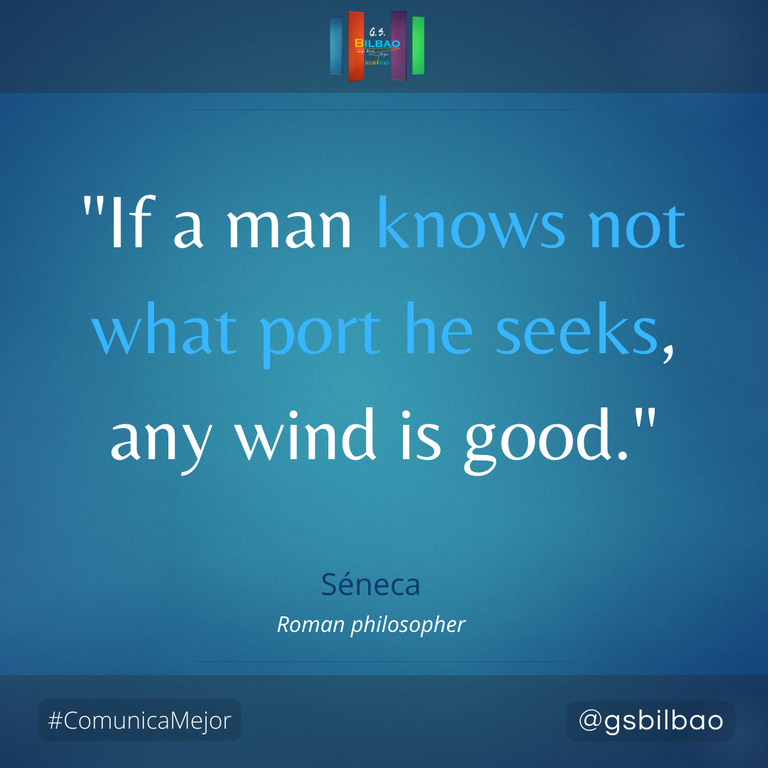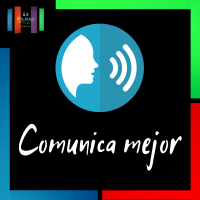Todo emprendedor necesita vender, es parte indispensable de su actuar. Un nadador, para poder nadar, necesita, como mínimo flotar. Así un emprendedor requiere de destrezas comunicativas para vender sus ideas, productos o servicios.
Existe algo llamado copywriting o escritura persuasiva. Esta manera de escribir no es otra cosa que redactar un texto que sea capaz de convencer, emocionar, conmover y lograr que quien lo lea o escuche, tome acción sobre algo: adquisición de un producto, inscripción en un curso, asistencia a una conferencia, contratación de un servicio profesional y cualquier cierre de ventas propio de la actividad emprendedora.
📝 Un escrito es como un viaje y todo viaje se planifica
Para lograr vender a través de un texto, es necesario aplicar una serie de recursos y técnicas. Este post no pretende ser un tutorial que nos enseñe esto, sino más bien que nos de algunas luces a la hora de redactar cualquier escrito que pueda servirnos en el desarrollo y avance de nuestro emprendimiento.
Tal cual como un viaje no preparado con antelación puede salir mal y no llevarte a tu destino, tu escrito, sino lo planificas tiene muchas probabilidades de fracasar en su objetivo.
Una manera sencilla, pero efectiva de redactar es respondiendo 3 preguntas, algunas de las mismas que deberíamos responder cuando pensamos en viajar.
- Qué.
- Para qué.
- Cómo.

🔷 ¿Qué?
Es el estilo de tu escrito. ¿Será un ensayo, un poema, un axioma (frase), una reflexión motivacional, un acróstico, un texto académico, un tutorial? Al definir qué “medio de transporte” usarás para viajar, te será más sencillo responder las otras preguntas.
🔷 ¿Para qué?
Lo siguiente es definir para qué escribes, o lo que es lo mismo, el destino de tu viaje. Si queremos viajar sin rumbo fijo, está bien. Pero a diferencias de un viaje, un escrito sin rumbo tiene muchas probabilidades de resultar estéril tanto para ti, como para quien te lea. Lo mejor es definir el objetivo de tu escrito. ¿Qué reacción esperas obtener en tu lector? ¿Cuál es la emoción o decisión que pretendes conseguir cuando terminen de leer tus palabras? ¿Sonrisa, llanto, carcajada, rabia, decisión de compra, aprendizaje, entretenimiento, reflexión, motivación?
Defínelo, porque de ese objetivo depende en gran parte la respuesta a la siguiente pregunta.
🔷 ¿Cómo?
El cómo es cuál es la ruta que tomarás a tu destino. Qué recursos necesitas para llegar al lugar que elegiste para pasar tus vacaciones. De igual forma es con tu escrito. Para hacer que tu lector sienta o haga lo que definiste en la pregunta anterior, debes usar una serie de estrategias y materiales. Datos, estadísticas, figuras literarias, conectores, historias, poemas, humor, analogías, insultos, y todo lo que se te ocurra para “llegar a tu destino”.
Hay muchas otras preguntas que podemos responder para redactar nuestro escrito y hacer que tenga sentido, sin embargo, con estas tres es suficiente. Contestarlas nos facilita en demasía la redacción de nuestro escrito. Al saber de antemano el qué, para qué y cómo escribir, tendremos una gran parte de nuestro “viaje” recorrido.
Nos encontramos en una próxima publicación para seguir aprendiendo a comunicar mejor en nuestro emprendimiento.

Every entrepreneur needs to sell, it is an indispensable part of their actions. A swimmer, in order to be able to swim, needs at least to float. So an entrepreneur requires communication skills to sell their ideas, products or services.
There is something called copywriting or persuasive writing. This way of writing is nothing more than writing a text that is able to convince, excite, move and get whoever reads or listens, take action on something: **purchase of a product, enrollment in a course, attending a conference, hiring a professional service and any closing of sales of the entrepreneurial activity.
A piece of writing is like a journey and every journey is planned.
To succeed in selling through a text, it is necessary to apply a series of resources and techniques. This post is not intended to be a tutorial that teaches us this, but rather to give us some lights when writing any writing that can serve us in the development and advancement of our enterprise.
Just as a trip not prepared in advance can go wrong and not take you to your destination, your writing, if you don't plan it, is very likely to fail in its objective.
A simple, but effective way to write is by answering 3 questions, some of the same questions we should answer when we think about traveling.
- What?
- What for?
- How?

🔷 What?
Is it an essay, a poem, an axiom (phrase), a motivational reflection, an acrostic, an academic text, a tutorial? By defining what "mode of transportation" you will use to travel, it will be easier for you to answer the other questions.
🔷 What for?
The next is to define what you are writing for, or in other words, the destination of your journey. If we want to travel aimlessly, that's fine. But unlike a journey, an aimless writing is very likely to be sterile both for you and for whoever reads it. The best thing to do is to define the objective of your writing: What reaction do you hope to get from your reader? What is the emotion or decision you want to achieve when they finish reading your words: smile, cry, laugh, rage, purchase decision, learning, entertainment, reflection, motivation?
Define it, because on that goal depends in large part the answer to the next question.
🔷 How?
The how is what is the route you will take to your destination. What resources do you need to get to the place you chose to spend your vacation. Likewise it is with your writing. To make your reader feel or do what you defined in the previous question, you must use a series of strategies and materials. Facts, statistics, literary figures, connectors, stories, poems, humor, analogies, insults, and whatever else you can think of to "get to your destination."
There are many other questions we can answer to make our writing make sense, but these three are enough. Answering them makes it much easier for us to write our paper. By knowing in advance the what, what for and how to write, we will have a large part of our "journey" covered.
We are in a next publication to continue learning how to communicate better in our venture.
Translated with www.DeepL.com/Translator (free version)
Gary Samuel Bilbao
Encuéntrame también en:



